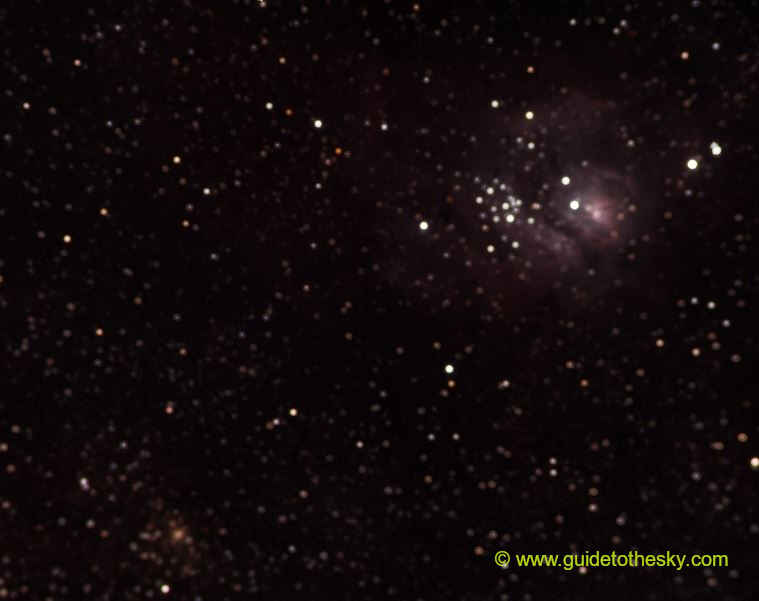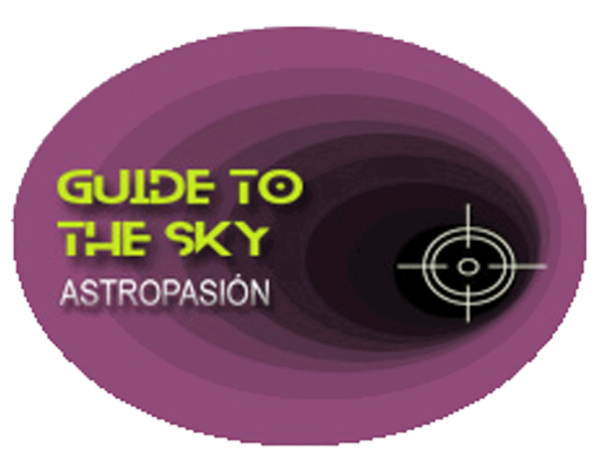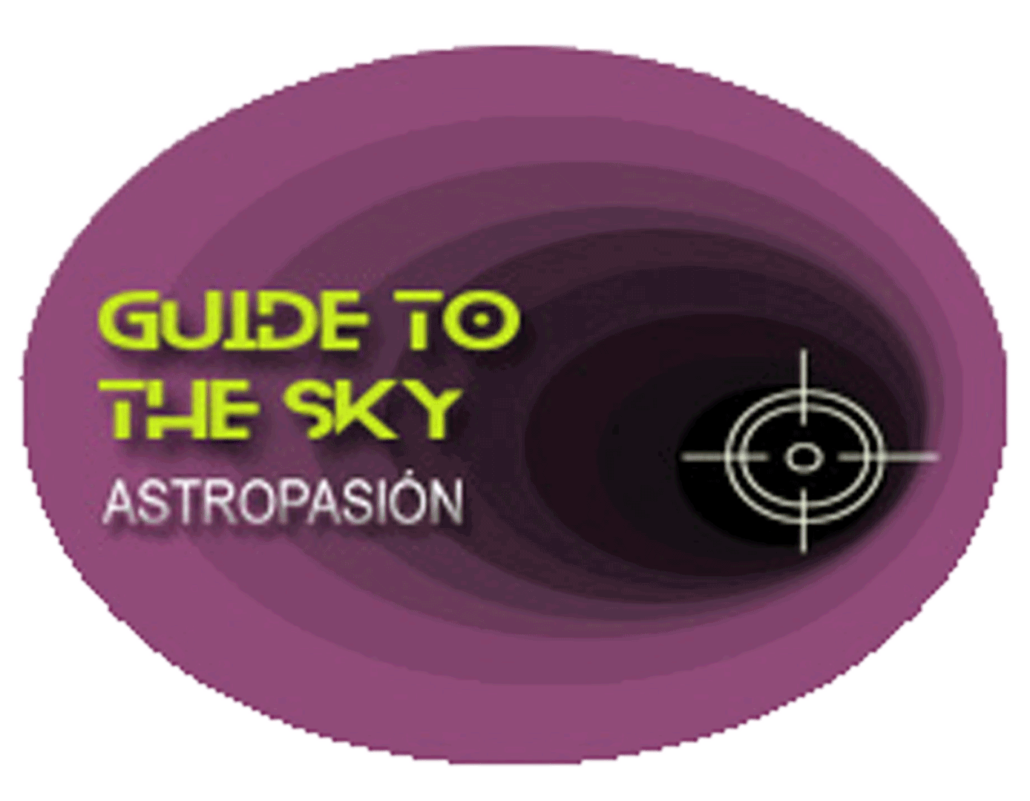Messier 8 - Sagittarius

M8 - Lagoon Nebula - en la IA
Messier 8, commonly known as the Lagoon Nebula, is a vast interstellar cloud of ionized gas located in the constellation Sagittarius. It's a beautiful and well-studied object, popular among both amateur and professional astronomers. Here's a breakdown of key information about M8:
Key Features and Characteristics:
- Type: Emission Nebula (also sometimes classified as a star-forming region)
- Distance: Approximately 4,000 to 6,000 light-years from Earth. (Different studies give slightly varying distance estimates).
- Apparent Magnitude: +6.0 (Visible with binoculars or a small telescope under dark skies)
- Size: About 140 x 60 light-years in physical dimension. Appears about 3 times the diameter of the full moon in the sky.
- Location: Constellation Sagittarius. It's located near the center of the Milky Way as seen from Earth.
- Age: Relatively young, estimated to be only a few million years old.
What Makes the Lagoon Nebula Special:
- Active Star Formation: M8 is a site of intense star formation. New stars are being born within its gas and dust clouds. The ultraviolet radiation from these hot, young stars ionizes the surrounding gas, causing it to glow brightly.
- Herschel 36: This is a prominent, bright star (O7 type) within the nebula. It's one of the main sources of ionization responsible for the nebula's luminosity.
- Hourglass Nebula: A distinctive feature within the Lagoon Nebula is the Hourglass Nebula. This is a smaller, denser region that exhibits a characteristic hourglass shape, carved out by the stellar winds from young, massive stars.
- Dark Nebulae: The Lagoon Nebula also contains dark nebulae (Bok globules), which are dense clouds of gas and dust that block the light from stars behind them. These are often sites of future star formation.
- Rich in Hydrogen: The red glow of the Lagoon Nebula is primarily due to the emission of light by ionized hydrogen atoms.
How to Observe It:
- Binoculars: Under dark skies, you can see the Lagoon Nebula as a faint, hazy patch of light.
- Small Telescope: A small telescope will reveal more detail, including the brighter regions and some of the dark lanes.
- Larger Telescope: Larger telescopes will show more intricate details of the nebula's structure, including the Hourglass Nebula and other fainter features.
- Filters: Using narrowband filters (like H-alpha or OIII) can significantly enhance the contrast and visibility of the nebula, especially from light-polluted areas.
Scientific Significance:
- Understanding Star Formation: The Lagoon Nebula is an excellent laboratory for studying the processes of star formation, from the collapse of gas clouds to the birth of new stars.
- Stellar Evolution: Observing the young stars within M8 helps astronomers understand the early stages of stellar evolution.
- Interstellar Medium: Studying the composition and structure of the nebula provides valuable information about the interstellar medium (the gas and dust between stars).
In Summary:
Messier 8 (the Lagoon Nebula) is a visually stunning and scientifically important object. It's a rich tapestry of glowing gas, dark dust, and newly formed stars, offering a glimpse into the dynamic processes that shape our galaxy. If you have the opportunity to observe it, it's well worth the effort!
Más información sobre Messier 8 en NASA/IPAC.
Mapa alrededor de Messier 8
Otros identificadores de M8:
"Villafranca O-018" ,"CTB 46" ,"Kes 58" ,"LBN 006.06-01.23" ,"LBN 25" ,"LMH 11" ,"M 8" ,"MM 10" ,"Mol 37" ,"NAME Lagoon" ,"NAME Lagoon Nebula" ,"NRL 11" ,"OCISM 1" ,"PMN J1803-2422" ,"SH 2-25" ,"[KC97c] G006.0-01.2" ,"[L89b] 5.973-01.178","GRS G006.00 -01.20" ,"GRS G006.20 -01.20" ,"W 29" ,

